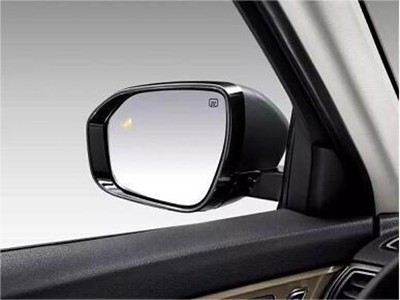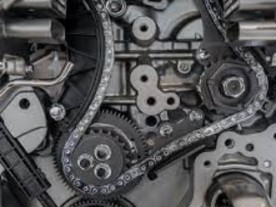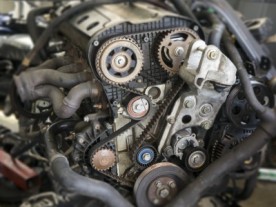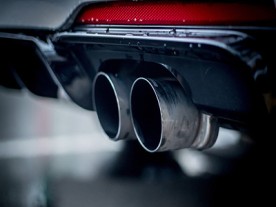Enhancing Safety and Comfort: The Design of Side Mirrors in Line with Human Factors Engineering
Maximizing Field of View:
One of the primary considerations in side mirror design is maximizing the driver's field of view. By carefully positioning the mirrors and adjusting their size, designers aim to minimize blind spots and provide a clear view of surrounding traffic. This not only enhances safety but also improves the driver's situational awareness, enabling them to make informed decisions on the road.
Optimal Size and Positioning:
Side mirrors should be appropriately sized and positioned to facilitate easy viewing for drivers. Taking into account the driver's eye position and head posture, the mirrors should offer an unobstructed view without requiring excessive eye or head movement. By finding the right balance, designers can minimize distraction and fatigue while maximizing convenience and comfort for the driver.
Anti-Glare and Anti-Fog Features:
To prevent glare from sunlight or headlights, side mirrors can incorporate anti-glare coatings. Additionally, anti-fog treatments ensure clear visibility during inclement weather or temperature changes. These features help maintain a clear reflection and enable the driver to focus on the road ahead, enhancing both safety and confidence when driving in diverse conditions.

Adjustable and Secure Mechanisms:
Side mirrors should feature easily adjustable and secure mechanisms to accommodate drivers of varying heights, seating positions, and preferences. Convenient adjustment systems allow quick and accurate alignment, promoting comfort and facilitating better visibility. A secure mechanism ensures that once adjusted, the mirrors remain stable and do not move due to vibrations or wind resistance, allowing the driver to maintain an uninterrupted view.
Auxiliary Functions:
Modern side mirror designs often incorporate auxiliary functions such as power folding, heating elements, and automatic adjustment. Power folding mirrors provide convenience when parking in tight spaces, while heated mirrors prevent frost or condensation buildup during cold weather. Automatic adjustment systems utilize sensors and algorithms to optimize mirror positioning for different driving scenarios. These supplementary features enhance usability, adaptability, and overall user experience with side mirrors.
Through careful consideration of human factors engineering principles, the design of side mirrors can significantly impact safety, comfort, and convenience for drivers. By maximizing the field of view, optimizing size and positioning, incorporating anti-glare and anti-fog features, providing adjustable mechanisms, and integrating auxiliary functions, manufacturers enhance the overall driving experience.













